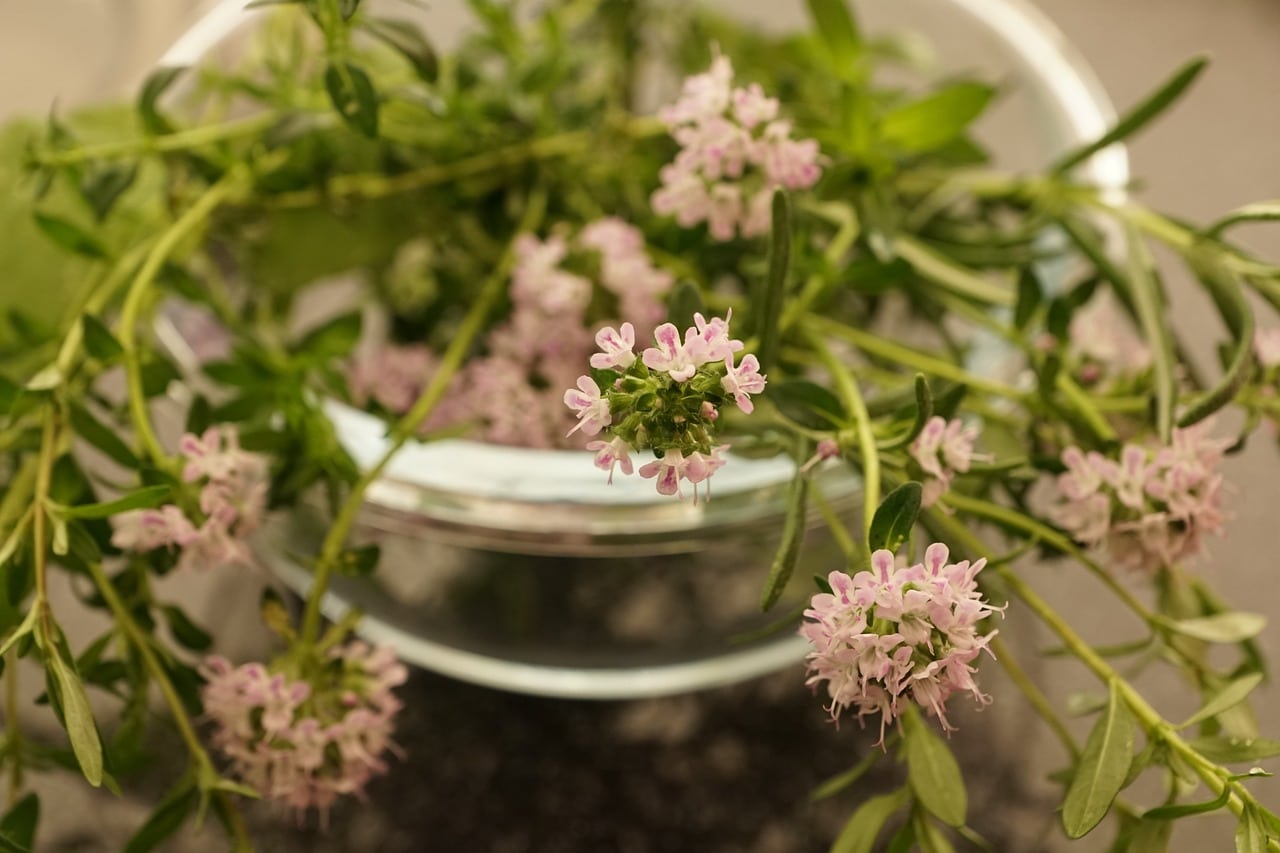The best plants for a home herb garden

The best plants for a home herb garden: Cultivating your own indoor oasis
Growing your own indoor herb garden can be a satisfying endeavor. Not only does it add a fresh, vibrant feel to your home, but it also allows you to cultivate your own herbs anytime you need. In this comprehensive guide, we will delve into the best plants for a home herb garden, exploring everything from the types of herbs that thrive indoors to the essential care tips to keep them growing healthy.
Selecting the best herbs to grow indoors
Starting your indoor herb garden begins with choosing the right herbs. Some herbs adapt to indoor conditions better than others. Temperature, light, and humidity indoors differ significantly from outdoor conditions, and some herbs might not thrive well under these conditions. Here, we present you with some of the herbs that can grow well indoors.
A lire en complément : Preparing your home for winter
- Basil – This herb loves warm conditions and would need to be positioned near a sunny window. Basil leaves add a delightful flavor to salads, soups, and pasta.
- Mint – Mint grows well indoors and requires less light compared to other herbs. Just remember to keep its soil consistently moist.
- Parsley – Parsley prefers cooler indoor temperatures and lots of light. Regular trimming helps keep it bushy and full.
- Rosemary – Rosemary requires six to eight hours of direct sunlight every day. It prefers to stay on the drier side, so be careful not to overwater it.
- Thyme – Similar to rosemary, thyme prefers full light and a well-drained soil.
Starting your herbs from seeds or plants
Once you’ve decided on the types of herbs to start growing, the next step is to determine whether to start from seeds or plants. There’s no right or wrong option, the decision fundamentally depends on your preference, patience, and budget.
Starting from seeds is usually more cost-effective. However, it requires more time and patience, as you’ll need to wait for the seeds to germinate and the plants to grow to a usable size. If you’re keen to try growing from seeds, consider investing in a seed starter kit. These kits typically include everything you need to start growing herbs from seeds, including a tray, pots, soil mix, and of course, the seeds themselves.
A lire en complément : How to organize a themed party at home
On the other hand, starting from plants can give you a head start. You can purchase young herb plants from your local garden center or online. While the upfront cost might be higher, you’ll have the convenience of having mature plants that are ready to use much sooner. This might be the preferred route for those who are new to gardening or are looking for a quicker way to start.
The importance of light for indoor herbs
Light is one of the most crucial factors when growing herbs indoors. Without sufficient light, your plants may struggle to grow, and their leaves may not develop the robust flavors you expect from herbs. Most herbs need at least six hours of sunlight each day to grow well.
If your home does not receive enough natural light, consider investing in a grow light. These lights mimic the spectrum of the sun and can provide your plants with the light they require. There is a wide variety of grow lights available on the market, from LED panels to fluorescent bulbs, so you can choose one that suits your needs and budget.
Proper watering and soil care for your indoor herb garden
Another critical aspect of indoor herb gardening is the watering and soil care. Over or under watering your herbs can lead to a range of problems, from wilting leaves to root rot. As a general rule, wait until the top inch of soil is dry before watering again. However, do note that some herbs like basil and parsley prefer moist soil, while others like rosemary and thyme thrive in drier conditions.
The type of soil used can also significantly affect your herbs’ health. Herbs generally prefer well-draining soil. A good choice would be a potting mix designed for indoor plants. You can also add some perlite or vermiculite to improve drainage.
Keeping your indoor herb garden pest-free
Lastly, although indoor plants are less susceptible to pests than their outdoor counterparts, they are not immune. Keep an eye out for common indoor plant pests such as aphids, spider mites, and whiteflies. Regularly inspect your plants and if you notice any signs of infestation, treat promptly with an appropriate pesticide or homemade solution.
In conclusion, starting your own indoor herb garden can be a rewarding experience. By choosing the right herbs, providing ample light, and practicing proper watering and soil care, you can enjoy a constant supply of fresh, flavorful herbs right in your home. Don’t let space or weather constraints stop you from growing your own food. Start your indoor herb garden today!
Setting up your indoor herb garden kit: The essentials
Once you’ve selected your herbs and decided whether to start from seeds or plants, the next crucial step is to set up your indoor herb garden kit. A garden kit generally includes pots or containers, trays, a watering system, and sometimes, a light system too. Setting up a garden kit is not as daunting as it seems, especially if you follow these simple steps.
First, choose an appropriate location for your garden kit. The location should ideally have access to a south facing window to ensure maximum sun exposure. Herbs grow best in full sunlight, and a south-facing window is most likely to provide the required six hours of sunlight.
Next, prepare your pots or containers. Most herbs grow well in pots that are at least 6 to 12 inches deep. The pots should have drainage holes at the bottom to prevent waterlogging. Fill the pots with a good quality potting soil mixed with a bit of perlite or vermiculite to improve drainage.
The next step is planting. If you’re starting with seeds, sprinkle them over the soil and cover with a thin layer of soil. If you’re starting with plants, dig a hole in the soil large enough to accommodate the root ball of the plant, place the plant in the hole, and cover with soil. Remember to space the plants adequately to prevent overcrowding.
Finally, water the plants thoroughly. Use a watering can with a narrow spout to water the soil without splashing water on the leaves. Avoid overwatering as this can lead to root rot.
Smart gardening: Utilizing technology to grow herbs indoors
In the age of smart homes, why not have a smart garden too? Technological advancements like click and grow systems, automated watering systems, and LED grow lights can make growing herbs indoors a breeze. These technologies automate most of the work, leaving you to sit back and watch your herbs grow.
A click and grow system is a fully automated indoor garden that takes care of watering, light, and nutrients for the plants. All you need to do is add water to the reservoir, insert the plant pods, and plug in the system. The system takes care of the rest, ensuring your herbs get just the right amount of water, light, and nutrients they need to thrive.
Another useful technology for indoor herb gardens is an automated watering system. These systems can be programmed to water your plants at regular intervals, ensuring they never go thirsty. This can be particularly helpful if you’re often away from home or tend to forget to water your plants.
LED grow lights are another game changer for indoor gardens. Unlike regular lights, LED grow lights mimic the full spectrum of the sun, providing your herbs with the light they need to photosynthesize and grow. They’re also energy-efficient and have a longer lifespan.
Conclusion
Cultivating an indoor herb garden can be an immensely rewarding experience. With the right herbs, proper care, and the use of technology, you can create your very own indoor oasis. Whether you’re a seasoned gardener or a newbie, an indoor herb garden is a fantastic way to get your hands dirty and have fresh herbs at your fingertips. So, don’t just sit there, grab a spade and fork, and start your indoor herb garden today!
